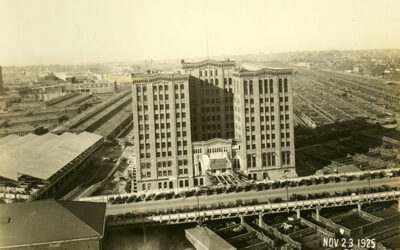There are many different types of photographs. Knowing what type of photograph you have can help you determine how best to care for the artifact. You can also have a better idea of when the photograph was taken. As new photographic processes were developed, others faded from popularity. Here are a few of the major early photographic processes and when they were most popular.

Daguerreotypes: Most popular in the 1850s, but can span from the 1840s-1860s. Daguerreotypes have highly reflective surfaces that are nearly holographic. The image will shift from positive to negative under certain lighting and viewing angles. Daguerreotypes are always found in a case.
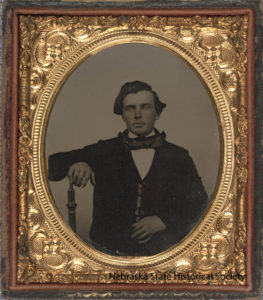
Ambrotypes: Most popular in the 1860s, but can be found from the 1850s-1870s. Ambrotypes are thin collodion negatives on glass. It appear positive by placing a black background behind it which is why it usually found in a case.
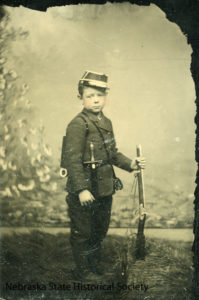
Tintypes: Most popular in the 1860s and 1870s, but examples are made even today. Tintypes are basically a negative supported by a dark and lacquered thin iron sheet. They gained popularity during the Civil War because tintypes were lighter and less costly to manufacture then the Daguerreotypes and Ambrotypes. Tintypes can sometimes be found in cases, but are usually found with or without their paper sleeves.
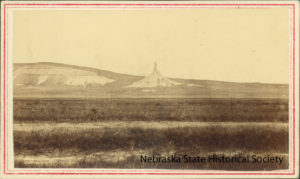
Albumen prints: Most popular from the 1850s-1880s, but some photographers continued to through the 1890s. Albumen prints are usually sepia toned with a slightly glossy surface. An albumen print can usually be identified by using a magnifying glass. Since they lack baryta layers, paper fibers are visible through the albumen emulsion. Albumen prints are almost always mounted on some type of photo card.
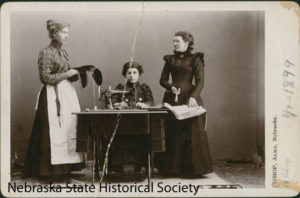
Collodion silver prints: Available in the 1860s, Collodion prints did not become popular until the late 1880s. Between 1895-1910, they were the chief commercial portrait medium. Surfaces can be matte, glossy, or semi-glossy. They do not show silver mirroring.

Gelatin silver printed out print: First appeared in the late 1880s and continued popularity until about 1905. The image is developed from a direct reaction to light. The tones tend to be warmer and often fade to yellow.

Gelatin silver developed out print: The image is developed through a chemical developer. The tones tend to be cooler (blue, neutral, or black) unless they are toned. Most black and white photographs of the 20th century are silver gelatin prints.
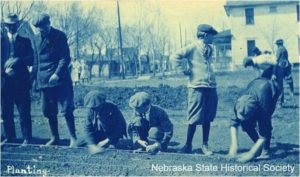
Cyanotypes: Developed by Sir John Herschel in 1842, most cyanotypes data from between 1880s to the 1920s. Because they were easy and quick to process, cyanotypes were popular for photo proofs. They are easy to identify by their uniform, bright blue color. Cyanotypes are very light sensitive and should be stored in unbuffered paper or plastic enclosures.

Real Photograph postcard: Most popular in the 1910s-1920s. In 1903, Kodak introduced the No. 3A Folding Pocket Camera which used postcard sized film (3½” x 5½”). It was part of the personal camera movement that took cameras out of the professional studios and put them into the hands of the general public. Kodak’s postcard camera made it easy to share and send photographs to friends and family. For additional information about identifying prints and photographs, check out these websites:
Karen Keehr Former Photograph Curator Nebraska State Historical Society



